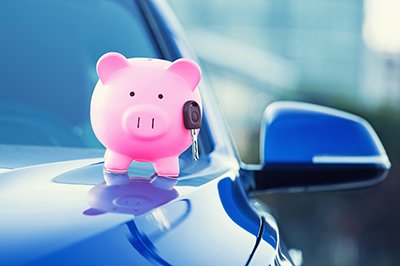Click below to listen to our Consumerpedia podcast episode on how to shop for auto insurance.
Most drivers stick with the same auto insurance company year after year, and that’s often a costly mistake. They don’t shop for lower rates because they believe most companies charge about the same prices or conclude that the steep discounts they get (for their loyalty, or lack of speeding tickets or accidents) mean they won’t find better pricing elsewhere. But they’re wrong: Insurance companies charge vastly different rates for the same families and policies, and although you might be getting a price break from your current company, its competitors will also probably offer you deals to gain your business.
We compared prices charged by insurers operating in the Twin Cities area for seven illustrative policyholders and found that most area drivers can save hundreds of dollars every year by making better auto insurance choices—many will save more than $1,500. For example:
- One of our illustrative couples, with two cars living in western Hennepin County and with clean driving records, would pay $1,166 per year with GEICO or $1,414 with Amica, compared to $2,128 per year with American Family and $2,432 with Allstate.
- If they moved to St. Paul and added a teenager to their policy (gulp!), their annual premium would be $1,468 with Progressive or $2,043 with GEICO, but they’d pay $4,072 with American Family, $4,396 with Farmers, and $6,150 with Allstate.
- Our retired couple with two cars and clean driving histories living in Anoka County would pay $958 per year with Progressive, $1,619 with Liberty, $1,631 with State Farm, or $1,636 with Travelers, compared to $2,972 with Country and $3,340 with Allstate.
You don’t have to wait until your current policy term expires to switch and save. If you change companies, your old insurance company must refund the unused share of any prepaid premiums. You also don’t have to forsake good service for a better rate: Our ratings reveal that some highly rated companies offer low rates.
We compare the companies for price and quality. Because we found that small differences in policyholder characteristics, many of which have nothing to do with driving records, can have big effects on some companies’ premiums, be sure to check rates yourself.
You want to buy enough coverage to protect yourself—but not so much that you’re wasting money. We advise on that, too. The highlights:
- Maintain the highest deductible amount with which you’re comfortable.
- Be vigilant that your coverage doesn’t lapse.
- Consider dropping collision and comprehensive coverage when your car’s value drops below $5,000.
- Find out how much more it will cost to raise limits beyond standard coverages. It is usually inexpensive to increase limits for liability coverage above standard amounts.
- Carefully consider the extras. Some optional coverages aren’t worth much, but companies charge a lot for them.
- For repairs, insist on using a top shop. Click here for our latest evaluations of auto body shops.






